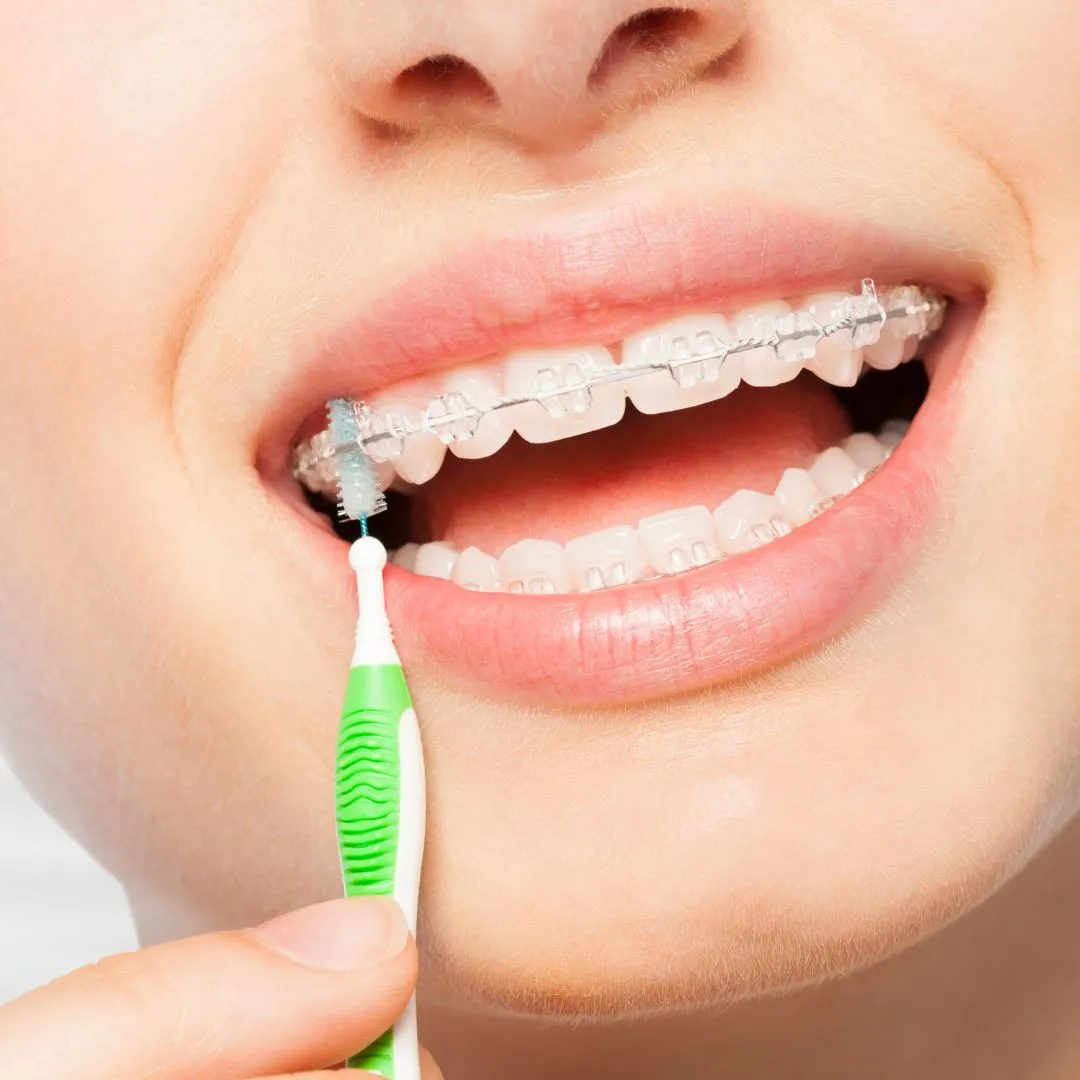Dental Crowns: Your Guide to a Confident Smile
August 5, 2024
The term “crown” might make you think of royalty, but in dentistry, it’s a common treatment aimed at restoring both function and aesthetics to a tooth. Whether you’re about to embark on this journey or just curious about what it entails, here’s a comprehensive guide to getting a dental crown.
What Is a Dental Crown?
A dental crown is a cap placed over a damaged or decayed tooth. Crowns can be made from various materials such as porcelain, ceramic, metal alloys, or a combination of these. Every crown is custom-made to fit each patient’s unique dental anatomy. There are several reasons why your dentist might recommend a crown:
- To protect a weak tooth from further damage.
- To restore a tooth that is severely worn down or broken.
- To support a tooth with a large filling when not enough natural tooth remains.
- To improve the appearance of a tooth that is misshapen or discolored.
- To cover a dental implant or hold a dental bridge in place.

The Crown Procedure
-
Consultation and Tooth Preparation
- Your dentist will examine your tooth and may take X-rays to assess the extent of damage.
- If a crown is necessary, the dentist will begin by numbing the tooth and surrounding area with a local anesthetic to ensure you are comfortable during the procedure.
- The tooth receiving the crown is then reshaped along the chewing surface and sides to make room for the crown.
- In cases where the tooth is severely damaged or decayed, additional material may be added to build it up for better crown retention.
-
Impression
- Once the tooth is prepared, your dentist will take an impression (mold) of the tooth. This impression is sent to a dental laboratory where the crown is custom-made to fit your tooth.
- While waiting for the permanent crown to be made (which typically takes a couple of weeks), a temporary crown will be added to protect the tooth.
-
Crown Placement
- During your next visit, the temporary crown is removed, and the permanent crown is checked for fit and color match.
- Once approved, the permanent crown is cemented into position over your tooth.
- Your dentist will ensure the crown is comfortable and your bite is properly aligned.

Aftercare and Maintenance
After your appointment, there are a few things to be aware of to ensure long-term success with your new crown. It’s normal to experience some sensitivity to hot or cold foods and beverages for a few days. It is important to brush twice a day, floss daily, and pay extra attention around the gum line where the crown meets the tooth. Visiting your dentist regularly for check-ups and professional cleanings helps ensure the crown and underlying tooth remain healthy.
In conclusion, getting a dental crown is a procedure to restore your tooth’s function and appearance. With advancements in dental technology and materials, crowns are now more natural-looking and durable than ever, offering a long-lasting solution to dental issues. If your dentist recommends a crown, don’t hesitate to ask questions and discuss any concerns you may have.
- News & Blog
Related Posts

Oral Hygiene Essentials: Key Practices for Dental Health Month
October is National Dental Hygiene Month, a perfect time to revisit the fundamental practices of good oral hygiene. This month serves as a reminder of the importance of the...

Maintaining Orthodontic Health: Tips for Proper Care and Oral Hygiene
Orthodontic treatment is a transformative journey that can significantly enhance your smile and oral health. Whether you are wearing braces or Invisalign, maintaining proper care is crucial for achieving...

Office Manager Appreciation Month
Behind every successful dental practice is a passionate professional who ensures that everything runs smoothly. For Great Expressions Dental Centers, that is our Office Manager (OM). These employees play...